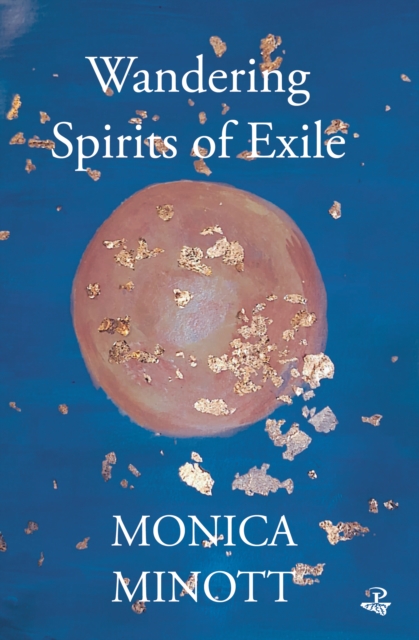
Wandering Spirits of Exile
Minott, Monica More by this author...£10.99Paperback- Poetry
- Artists, Musicians, Creatives
- Writers of colour
- Poetry Collections
Wandering Spirits of Exile offers a series of conversations with history, individual ancestry, the experience of being out of Jamaica in Britain, and with musicians, artists and writers who have been creating new forms of Black expression.
In the first part of the collection, poems explore the historical experience of exile through reflections on the voyages of a series of slave ships, revisioning voices like John Newton’s deep implication in the cruelties and awakening moral vision of that time. Here, the collection enters the dialogue about the possibilities of reparation and forgiveness. It makes a connection to the arrival in England of enslaved Africans such as Ignatius Sancho almost 300 years ago and deepens the universal resonances of these earlier arrivals by making associations between this forced trans-Atlantic crossing and other exilic wanderings in World literature.
In the second part, poems tap into the means of resistance through the poet’s own Maroon heritage, of Nanny of the Maroons and the keeping alive of African traditions, and how that spirit of renewal works its way into dancehall music and into the Black Caribbean body, including the poet’s own.
In the third section, poems seek inspiration in the work of visual artists such as Jean Michel Basquiat, Kapo (Mallica Reynolds) and Gene Pearson. And as the extensive notes make clear – they are an essential part of the collection – Wandering Spirits of Exile is a work in dialogue with a generation of Caribbean poets and writers, from Kamau Brathwaite and George Lamming to NourbeSe Philip and Shara McCallum – not forgetting such common ancestors as Chaucer and Shakespeare. In poem after poem, Monica Minott combines the authority of the historical record, the intimacy of the individual voice and an adventurousness with poetic forms that is both ambitious and satisfying. Multi-layered in time and space, the collection displays parallel movements in language, between standard English, Jamaican patwa and the ghostly echoes of African languages asking to be heard.